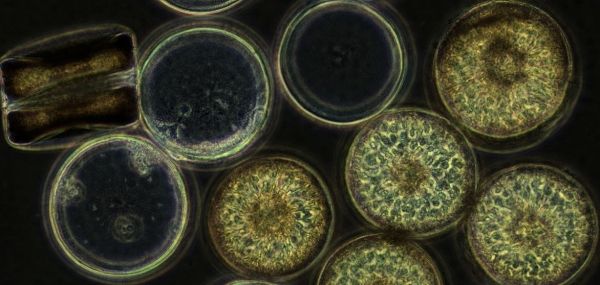Scientists from Bremen and Bremerhaven now found out that sugar plays an important role in this process. At the same time, the sweet energy source is important for the ecosystem of the oceans.
In the sunlit surface layer of the ocean, photosynthetic microalgae such as diatoms convert more carbon dioxide into biomass than Earth’s tropical forests. Like land plants, diatoms sequester carbon dioxide into polymeric carbohydrates – in other words: into long-chained sugars. However, it has proven difficult to quantify how much carbon dioxide can be stored in the global oceans throughout this process.
This gap of knowledge sparked the interest of the research group Marine Glycobiology, which is located at the Max Planck Institute of Marine Microbiology and the MARUM, Center for Marine Environmental Sciences at the University of Bremen and cooperates with the Alfred Wegener Institute for Polar and Marine Research. To close this gap, the scientists utilized a recently developed enzymatic assay to dissect photosynthetic microalgae and measure concentrations of the long-chained sugar laminarin, an important energy source for microalgae including diatoms.
Continue reading at Max Planck Institute for Marine Microbiology
Image via Max Planck Institute for Marine Microbiology


